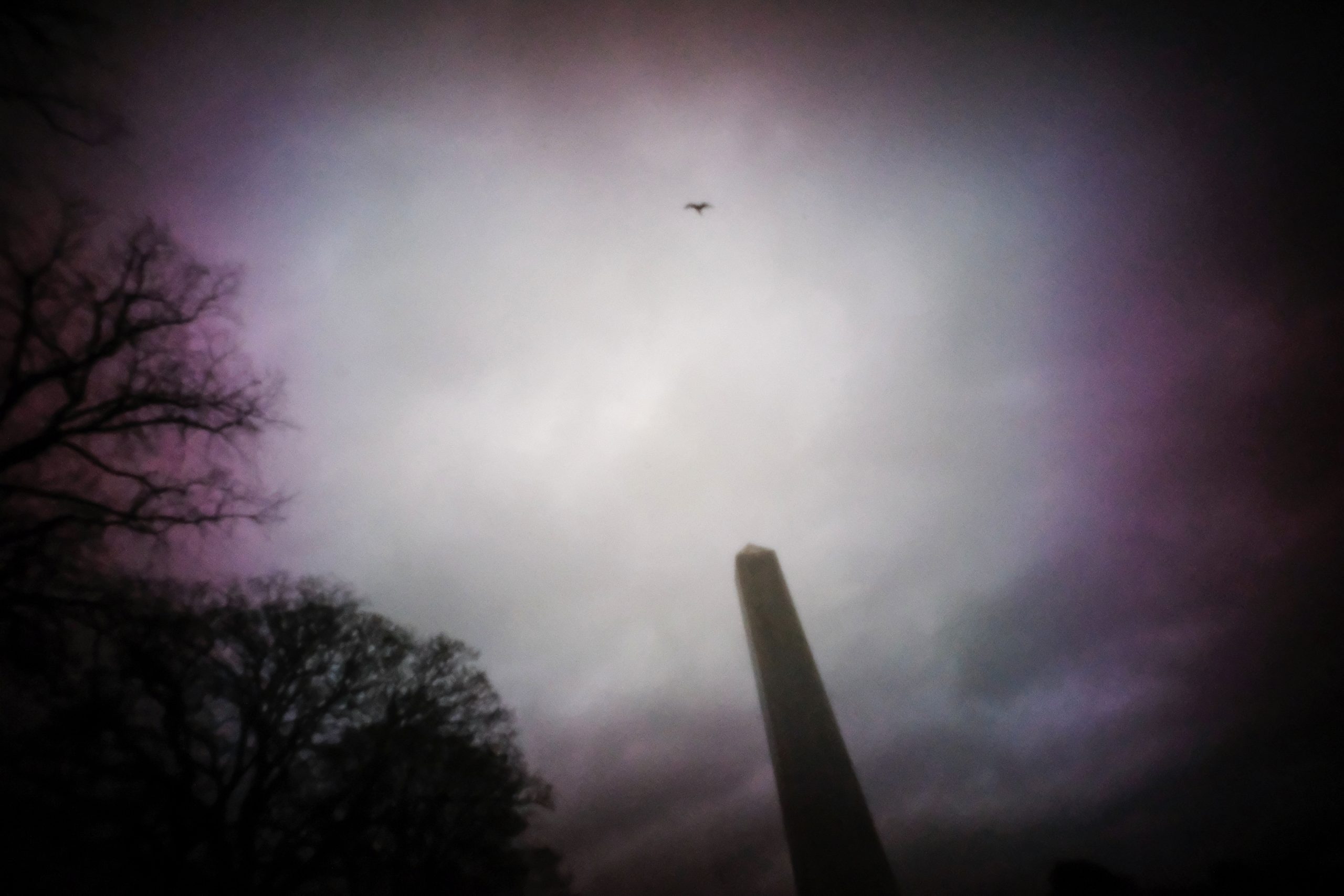
Back to the future: Thanks to an excellent presentation by Julieanne Kost, Adobe’s digital imaging evangelist, to the Royal Photographic Society last month I’ve picked up a long list of new things with which to experiment. Including a pinhole lens for my Fuji.
Loved by some, loathed by others, pinhole photography can be tough to make work well. But when it does — in the work of Barbara Ess or Al Brydon — I think the minimal quality can make an image sing.
Pinhole photography brings back fond memories for me. It’s one of the earliest types of cameras I ever used, of the homemade variety: round cardboard oatmeal container, spray-painted black inside, with aluminum foil mounted over a hole, an index card and rubber bands providing a manual shutter, and a piece of photographic paper on the inside to be exposed. Multiple minutes later, followed by developing the black & white paper in a darkroom, and voilà, image achieved.
With digital, of course, everything is a bit quicker.
Julieanne says she uses a pinhole lens from Thingyfy. She showed images from a Pinhole Pro, which allows you to twist between various apertures. I’ve gotten a newer and less expensive model, the Pinhole Pro S11, which is an 11mm lens with a 120 degree field of view.
I gave it a spin yesterday, naturally, in a local cemetery. (The gray day seemed to suit what the lens might have to offer.)
Immediate impressions:
- Julieanne recommended cranking up the ISO to make it work, which I did. Oftentimes when used with a black & white film simulation on my Fuji, the noise from the high ISO setting complemented the grain of the film simulation.
- A pinhole lens is absolutely unforgiving with dust. I had spots showing up I’d never seen before.
- In some cases I was able to park the camera and use the self timer to do a long exposure. Of course this produced the best image quality since I could use ISO 200 or thereabouts. Without that, I was often having to use around ISO 8000 to hand hold, unless a photographed the sky.
- Using the pinhole lens was extremely fun, in part, because physically it’s so minimal that it’s almost like it’s not there.